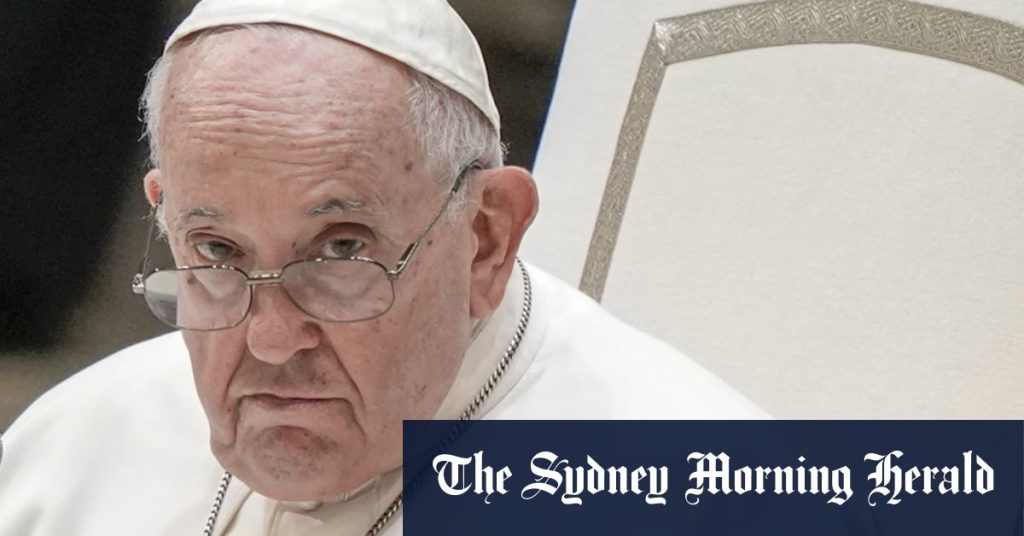Dr. John Morss, an international law expert from Deakin and La Trobe University, has stated that to his knowledge, the legal status of the Pope and the Vatican has never been tested in Australia. He believes that the Pope is not the head of a foreign state in relation to Australia, challenging the traditional view that the Vatican has sufficient statehood status to grant immunity. Barrister Geoffrey Robertson, author of The Case Against the Pope, argues that the Vatican’s claim to statehood is a matter of controversy among international lawyers, as it lacks many requirements of a state and is essentially the headquarters of a church. Despite this, the Australian government has recognized the Vatican’s sovereignty by appointing ambassadors to the Holy See since 1973.
The Vatican’s assumed statehood is rooted in the 1929 Lateran Treaty signed by Mussolini and Pope Pius XI, which established the papacy’s sovereignty over the Vatican City. This agreement also recognized Italy with Rome as its capital. However, critics argue that the Vatican’s statehood is merely a semblance and that it is essentially a church headquarters in Rome with limited state-like characteristics. The European Court of Human Rights recently upheld the Vatican’s claim to foreign state immunity in a case involving survivors of child sexual abuse by Belgian priests.
In a Victorian case, two Aboriginal men allege they were repeatedly abused and raped as children by an Australian priest, with some assaults occurring at a bush retreat established by the priest. The case raises questions about the Church’s response to clerical abuse, particularly in relation to the accountability of the Pope and his office. The lawyer representing the plaintiffs argues that Pope Francis has a vicarious case to answer for the inaction of Pope John Paul II in defrocking the abusive priest. The case highlights the challenges of holding the Catholic Church accountable for the actions of its clergy, particularly when technical legal defenses are used to avoid direct accountability.
Former Archbishop Denis Hart testified before the Royal Commission into Institutional Responses to Child Sexual Abuse, revealing that it took the Melbourne Archdiocese 12 years to petition the Holy See to defrock the abusive priest. Despite two failed attempts by Hart’s predecessor, Archbishop George Pell eventually succeeded in convincing Pope John Paul II to issue a decree stripping the priest of his ordained status. The delay in taking action against the abusive priest raises concerns about the Church’s handling of clerical abuse cases and the accountability of senior church officials.
The legal battle between the two Aboriginal men and the Catholic Church is scheduled to return to court in August for a directions hearing. The plaintiffs’ lawyer argues for direct accountability of the Pope and his office in cases of clerical abuse, challenging the Church’s reliance on technical legal defenses to avoid responsibility. The case brings into question the Church’s response to allegations of child sexual abuse and the need for greater transparency and accountability within the institution. As the legal proceedings continue, the outcome of this case could have broader implications for the accountability of the Catholic Church and its leaders in cases of clerical abuse.















